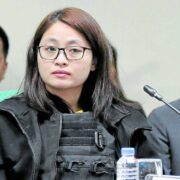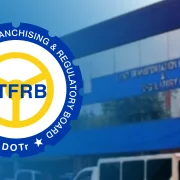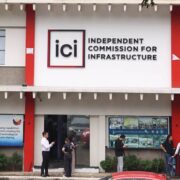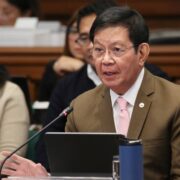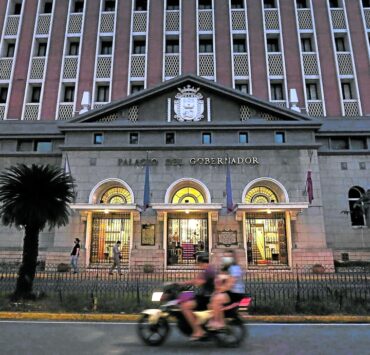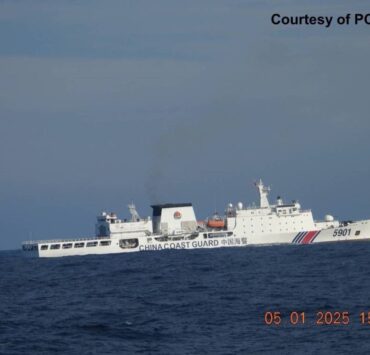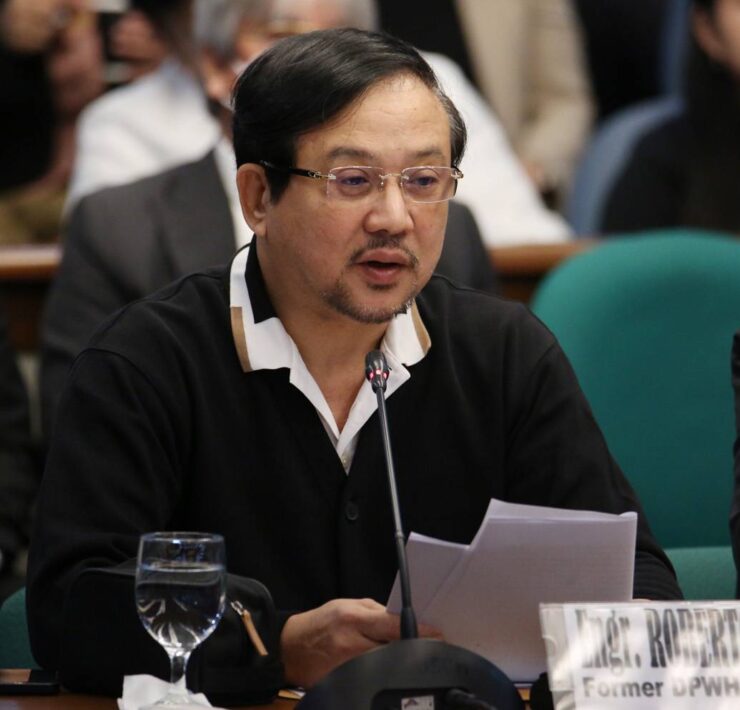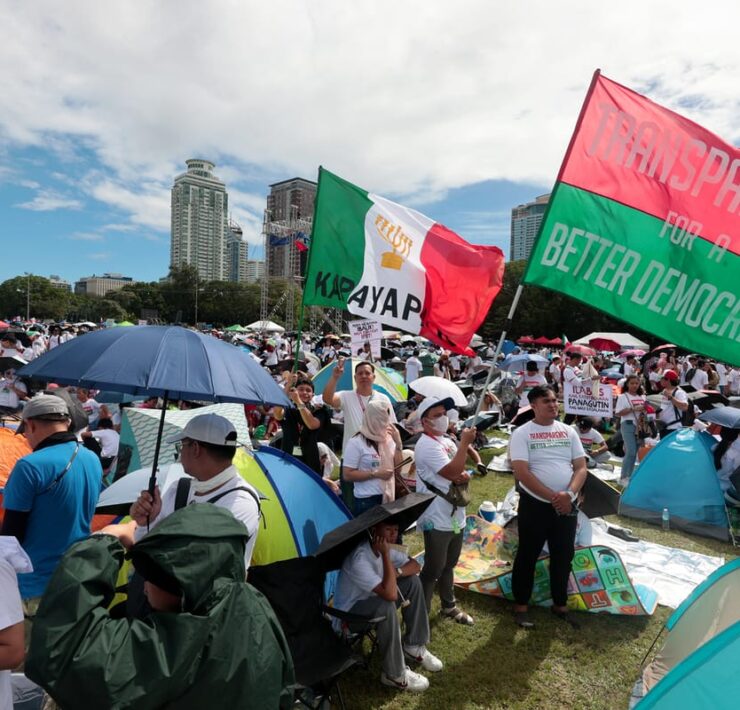Dengue outbreak takes 10 lives in Quezon City
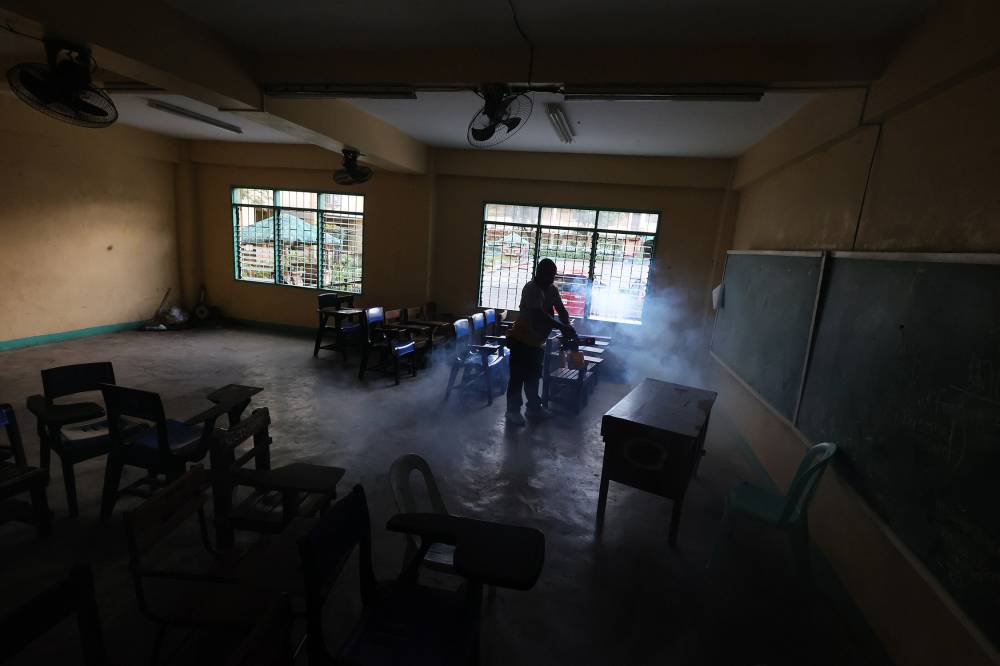
The Quezon City government declared a dengue outbreak on Saturday amid the steep rise in the number of residents contracting the disease, including 10 fatalities, mostly children.
According to data from the City Epidemiology and Surveillance Division, a total of 1,769 dengue cases have been recorded from Jan. 1 to Feb. 14—almost threefold from the 609 cases recorded in the same period last year.
“Our declaration of a dengue outbreak ensures that we are on top of the situation, and we are doing everything we can to protect our residents from this deadly disease, especially our children,” Mayor Joy Belmonte said.
Fifty-eight percent of the total reported cases involve school-aged children, aged 5 to 17 years old.
Of the 10 who died due to dengue, covering the period of Jan, 1 to Feb. 14, eight were all under 18, with a nine-month old baby girl from Barangay Holy Spirit as the youngest fatality.
“Children are the majority of those who become victims of this deadly disease. That is why I am calling on my fellow parents to work together in protecting our children against dengue. Let us be alert to what our children are feeling and take the lead in clean-up drives in our communities,” Belmonte said.
Of the 142 barangays in Quezon City, 54 percent, or 76, have exceeded the epidemic threshold—or the minimum number of cases to indicate a dengue outbreak—over the past six weeks of the year.
Largest barangays
Most of the dengue cases were reported to be residents of the most populous barangays of Batasan Hills (133), Payatas A and B (102), and Commonwealth (92).
Quezon City epidemiologist Dr. Rolando Cruz attributed the outbreak to the intermittent rains in the past two months bringing forth stagnant waters, which serve as breeding sites of mosquitoes.
As a primary solution to address the late diagnosis of dengue, all 66 Quezon City health centers will be open during the weekends to accommodate all possible dengue patients.
A “fever express lane” in all the city’s health centers and hospitals was also established to swiftly attend to citizens with a fever, which is among the most common symptoms of dengue.
Free dengue test kits are also available in all of the city’s health centers and hospitals.
Belmonte urged the residents to immediately go to their nearest health centers if they experience any dengue symptoms including fever, headache and joint pains.
Infectious disease expert Dr. Rontgene Solante also urged parents to bring their children to a hospital if their fever has not subsided within three days.
“Children are more vulnerable to dengue because they do not have antibodies yet. They were not yet exposed before to this kind of disease,” he said in a radio interview on Sunday.
Preempt critical phase
According to Solante, it is advisable to bring a patient suspected to have dengue to a hospital by the third day of the onset of symptoms, usually a fever—before the “critical phase” of the illness.
During this stage, which may run from the fourth to sixth day of the symptoms, the fever may subside, but the platelet count of the patient slumps and there will be bleeding.
The seventh to 10th day is the “recovery phase,” when platelets return to normal count and the patient may feel better and rashes will come out of the skin.
Data from the Department of Health (DOH) showed that dengue cases across the country are also surging.
As of Feb. 1, a total of 28,234 cases have been recorded, which was a 40 percent increase from last year.
Despite the upward trend of cases, the DOH logged a decrease in the number of dengue patients who died. The case fatality rate as of Feb. 1 stood at 0.35 percent, lower than last year’s 0.42 percent.




